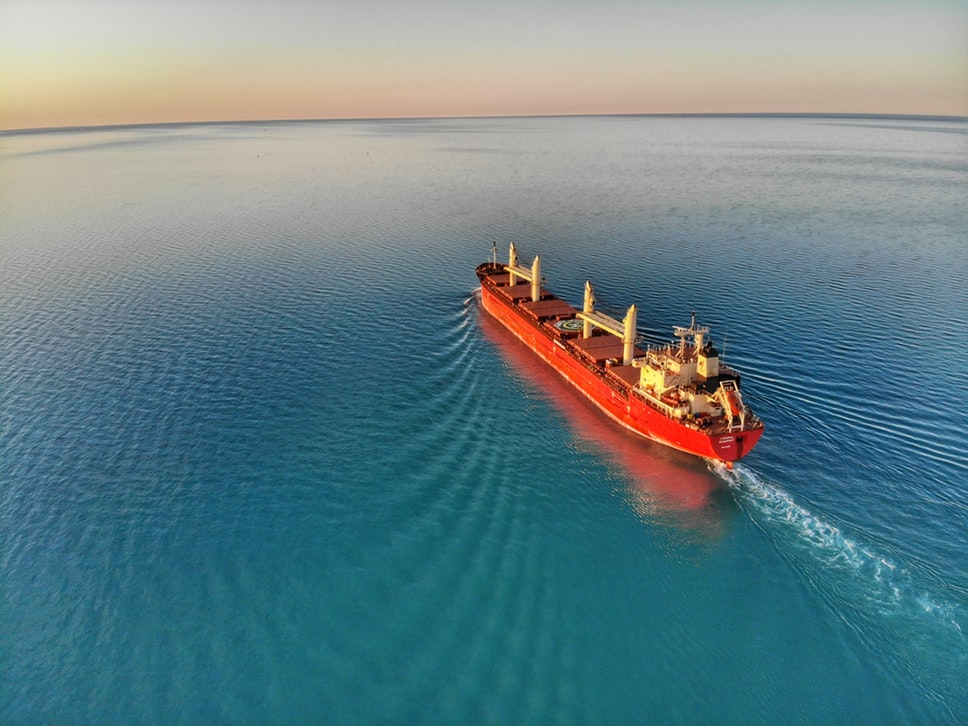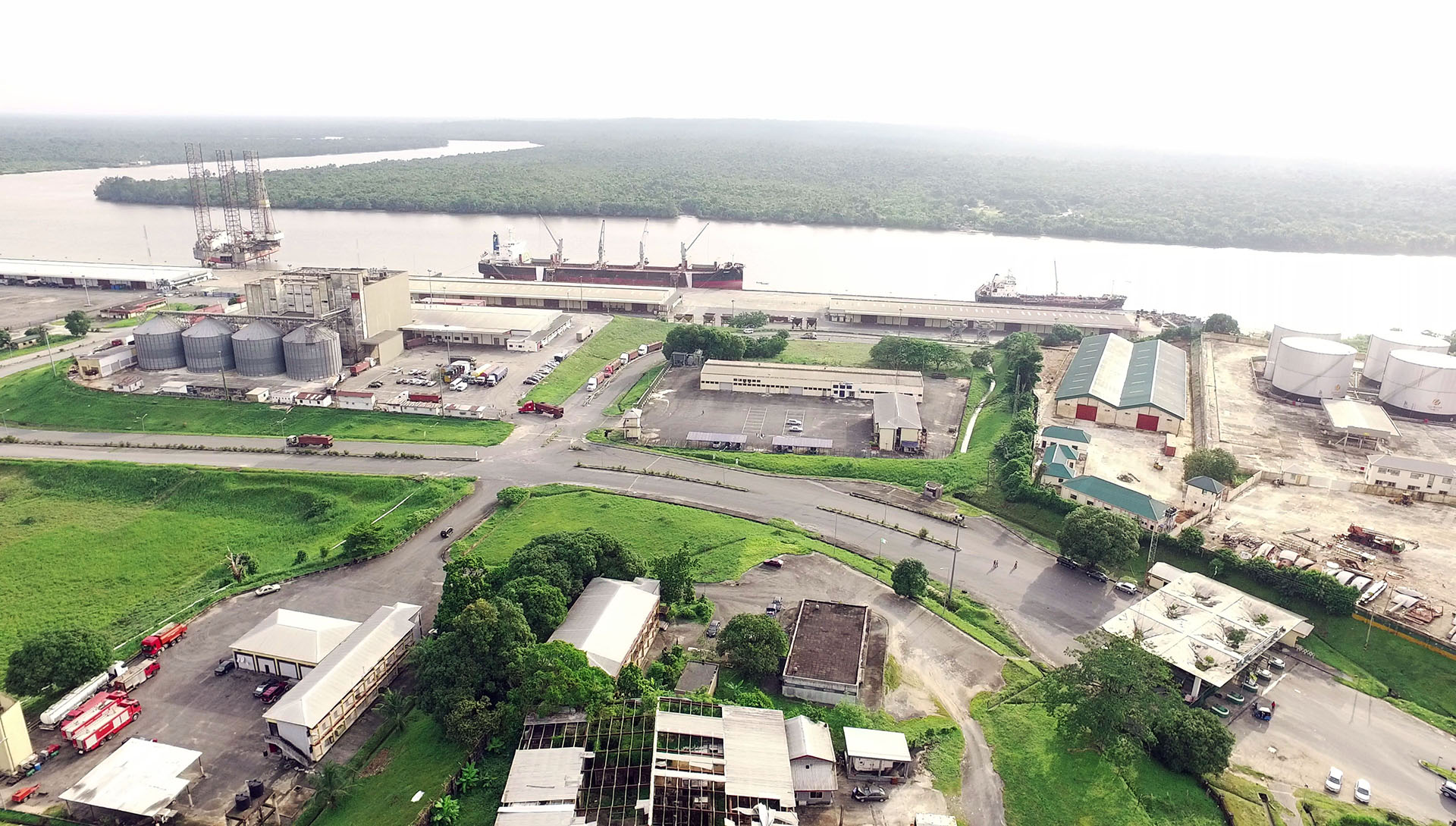
Digital transformation in shipping – 2020 update
A few months have passed since we last spoke about digitalisation in shipping, as you can imagine, in line with how developments evolve in the fast-paced digital world, there have been some interesting updates. Ships are becoming more dependent on software, resembling huge floating computers, with automation and real-time reporting taking a lead in how the vessels are functioning. Of course, it’s not just offshore that these digital advancements are being made, the onshore side of shipping is developing in line, enabling more control and monitoring to happen from the shore-based operation centres.
We can’t forget that shipping carries 90% of the world’s trade, this huge industry should, and is, starting to accelerate rapidly its digitalisation. Some were initially sceptical about the benefits; however, digitalisation can bring many benefits to seaborne trade, including increases in efficiency and decreased cost. In fact, in November last year, a group of key players in the shipping world; Maersk, Hapag-Lloyd, CMA CGM, Ocean Network Express and MSC, announced plans to form an association to collaborate on digitalisation, standardisation and inoperability in the container shipping industry.
There will be many advances in digitalisation in 2020, these are just some of the ways in which it will benefit the shipping industry:
Simulation – In May 2019, the UK’s biggest ship simulation centre opened in Southampton. Not only can it simulate the bridge, engineering room, liquid cargo, onshore, offshore cranes, GMDSS radio communications, VTS suites and DP simulators, it also features a virtual shipyard. This will support developments in shipping throughout 2020.
Digital twins – Digital twins will become more common; to test systems, try out new technology and run simulations. Within the ship simulation centre, mentioned above, there is a virtual shipyard. This can develop digital twins, in order to test the design of ships.
Automation – In November 2019, Wärtsilä reported on the successful completion of tests on an autonomous dock to dock solution installed on a Norwegian ferry. Class NK have just released their “Guidelines for Automated/Autonomous Operation of ships – Design development, Installation and Operation of Automated Operation Systems/Remote Operation Systems.”
The development of 5G – For real-time monitoring using drones, Internet of Things sensors, search and rescue, ship to onshore communications and vessel traffic management.
Unmanned vessels – In September 2020, the Mayflower Autonomous Ship, a trimaran, will travel from Plymouth, UK to Massachusetts, US. It will be unmanned, with artificial intelligence (AI) controlled tech for hazard avoidance and route planning.
AI – AI will play a part in; automated processes at shipping terminals, reducing fuel consumption, image recognition, navigation and unmanned vessels. Robosys Automation have just launched Voyager 100, an AI bridge watch system, it is said to be known as the ‘virtual Junior Officer of the Watch’ due to its 24/7, predictable performance.
Increased use of cloud-based software – including apps to reduce cost. Uses include; data storage, managing crews and logistics, plus communication with the shore and third parties.
Are you already benefiting from any of these steps forward in digitalisation? We’d love to hear some first-hand experience!
Please get in touch: info@rtc-ltd.com
